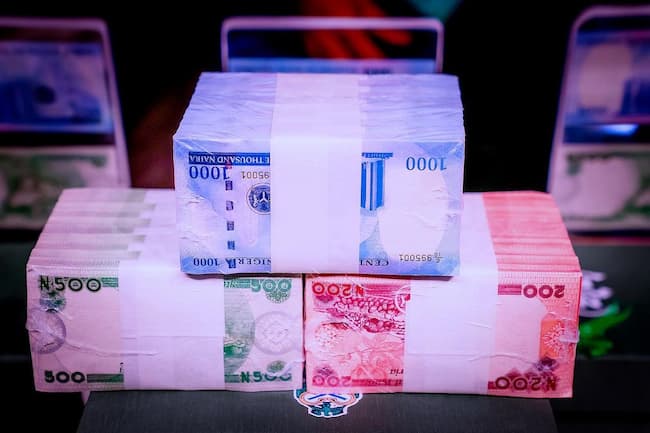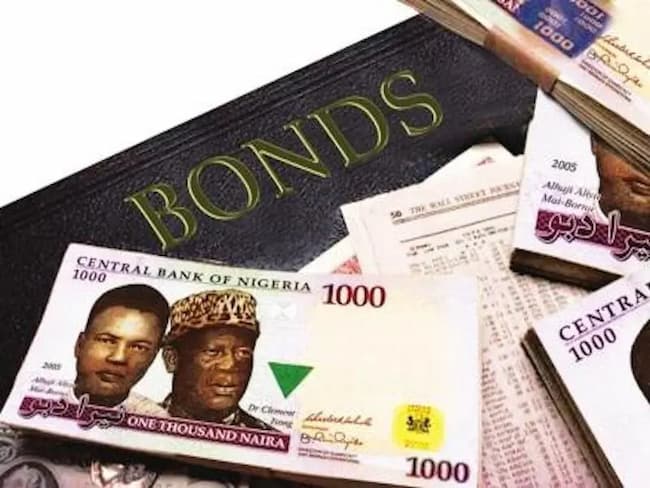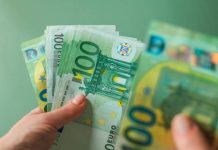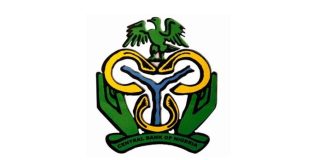Due to ongoing US dollar scarcity, the naira fell even lower on the currency markets. The naira has been declining since the monetary authority gave up controlling the currency rate to supply and demand within the official window.
Remember how the local currency had a little angelic intervention in April when it shot to the top of the global currency rankings at the same time the authority was selling Bureau de Change (BDCS) subsidized US dollars?
The local currency increased at the official window as a result of the FX intervention, which also reduced pressure on the black market. But the Central Bank of Nigeria (CBN) believes that intervening in the foreign exchange market (FX) is not the best course of action because it strains the balance of the balance of the external reserves.
The CBN policy has, however, revealed the weakness in the Nigerian economic structure as it relates to FX policy. More than one year after devaluation, the naira has not seen a light across the currency market due to FX scarcity.
In the market yesterday, the Nigerian local currency declined further due to sustained FX liquidity challenges in the country while US dollar demand continued to grow. The naira lost a great deal in 2024 following the decision to float the local currency without a well-planned strategy to curb imports.
The Central Bank of Nigeria’s (CBN) FX reform has plunged some companies into a mess. Unfazed by the development, the monetary authority has maintained a stance of not defending the local currency in the Nigerian autonomous foreign exchange market.
Also, the CBN halted its heavily subsided FX sales to bureaux de change operators in the informal currency market, requesting operator re-registration. On its own, the naira has been unable to survive the market onslaught from surging demand for the US dollar, the global dominant foreign currency.
Goldman Sachs, a rather strong naira bull, predicted that the exchange rate would clear at N1000 US dollars at the official window. Financial Derivatives Company had also announced that the local currency was undervalued and estimated its purchasing power at below N1000.
Fitch Ratings, on the other hand, set a N1,450 per US dollar estimate amidst a grossly undervalued tantrum by the monetary authority.
In the official FX window, the naira exchange rate ended the day at ₦1,532.58 per US dollar, representing a 0.57% depreciation from the previous close, data from the Financial Markets Dealers Quotations (FMDQ) platform showed. The same experience was witnessed at the informal currency market. Again, the exchange rate also worsened in the informal currency market.
Traders reported that the naira depreciated by 0.1% in the parallel market, ending the day at an average of ₦1,529 per greenback as demand for invisible FX transactions increased. The authority’s thinking or expectation is not clear as the exchange rate continues to weaken in a country that depends more on imports.
The central bank has distanced itself from FX sales to authorised dealers to reduce pressure on the naira, which has lost significant value in the last 12 months. On the other hand, the exchange rate has inched around its fair value when considering the sustained decline in the gap between official and informal FX market rates.
“The naira spot rate is unlikely to rebound without strong FX liquidity in the Nigerian autonomous foreign exchange market,” analysts said.
Oil prices fell today as Gulf Coast production and refining infrastructure seemed to have escaped significant damage from Tropical Storm Beryl. Thus, Brent prices declined by 0.69% to $85.16, while WTI prices dropped by 0.51% to $81.91. In addition, gold prices rose by 0.10% to $2,365.00 per ounce at the time of this report.
Despite this, Nigeria’s foreign currency reserves crossed the $35 billion benchmark, its 19-month high, according to data from the CBN website. Details from the Central Bank of Nigeria (CBN) showed that gross external reserves grew from $34.77 billion at the weekend to $35.051 billion on Monday.














